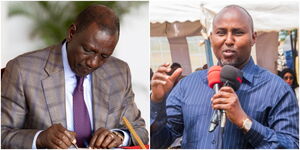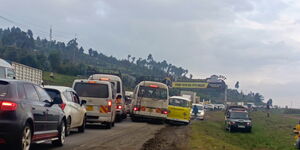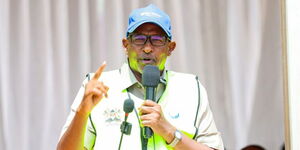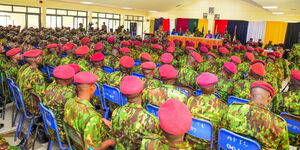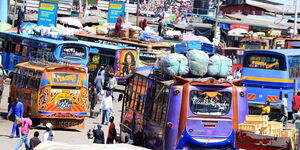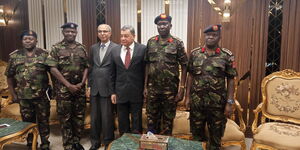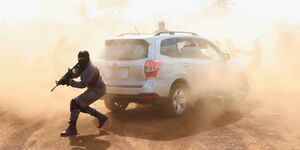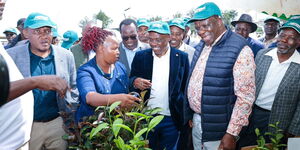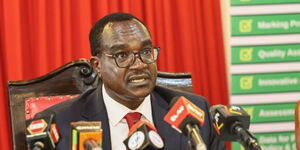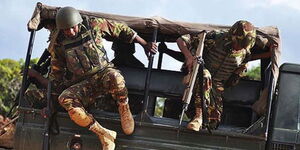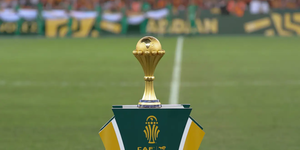When Kenya's first President Jomo Kenyatta died on August 1978, Attorney-General Charles Njonjo called Inspector Simmone Wambugu, who was the Duty Officer at the Police Headquarters’ Operations Room at Vigilance House.
Njonjo ordered him to convene a Cabinet meeting at State House, Nairobi, at 11 a.m.
The first person to call was the then Vice President Daniel Moi who was at Kabarak.
Though he couldn't talk to him, he instructed the bodyguard who picked the phone to communicate details about Kenyatta's death and the Cabinet meeting.
By 10.45am, all the ministers were already gathered but Moi was missing.
Growing impatient, some ministers moved to elect one of themselves to chair the meeting but Njonjo objected.
Njonjo phoned the inspector to confirm if he passed the message to Moi.
"Inspector, I told you to convene the whole Cabinet but the VP is not here!" Njonjo roared on the receiver.
Wambugu then called ACP Mathenge, the Commandant of the Police Air Wing with this frantic request, “Please take off, Sir. Go to the Baringo area while I look for the Vice-President and direct you to where he is.”
Mathenge took off in a Cessna aircraft and shortly after a helicopter was dispatched.
Wambugu had also phoned Baringo OCPD who went to Moi's home but on arrival, they found that he had just left in a convoy of vehicles.
Wambugu would later learn from his colleagues that Moi had indeed received the notice of Kenyatta's demise as well as the Cabinet meeting.
The VP didn't trust the people who hanged around Kenyatta and believed they would do anything to prevent him from becoming president, including killing him.
The OCPD launched a ground search and the two aircraft that were initially supposed to airlift Moi to Nairobi turned into a search and rescue team.
They sighted the convoy somewhere among bushes and a group of people going up a ravine.
The pilots decided to land somewhere else so that Mathenge would take charge of the helicopter that was required to navigate down the valleys.
Mathenge convinced Moi to board the chopper and telephoned Wambugu back at Vigilance House.
On learning that Moi was now airborne, Njonjo gave instructions that the pilot should go immediately to State House instead of Wilson Airport.
State House, like Parliament, is a no-fly zone and requires special clearance.
Wambugu informed the control towers at JKIA, Eastleigh Airbase and Wilson Airport that an aircraft would be landing.
When Moi arrived, it was already afternoon and was immediately sworn in as acting president by Chief Justice Sir James Wicks.

